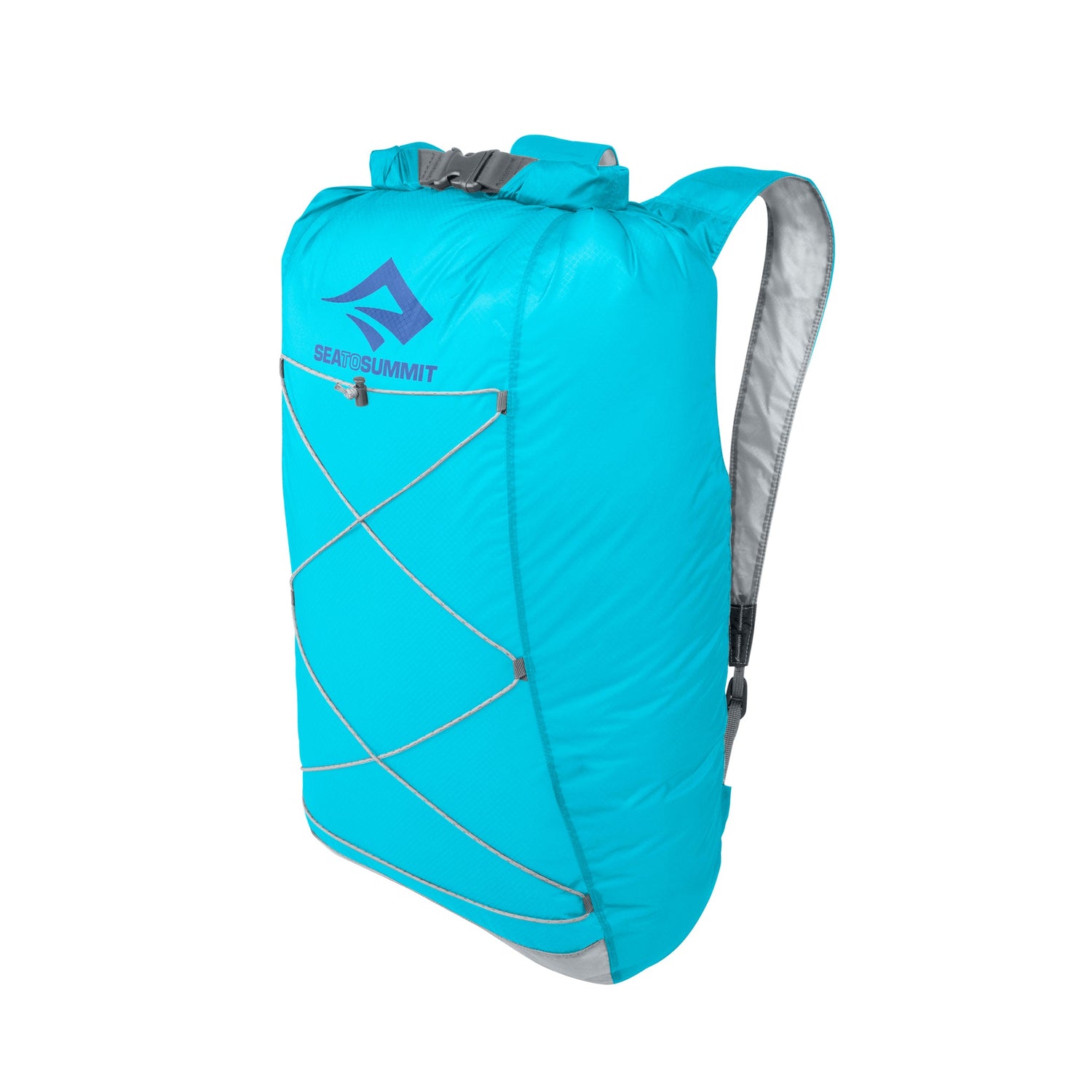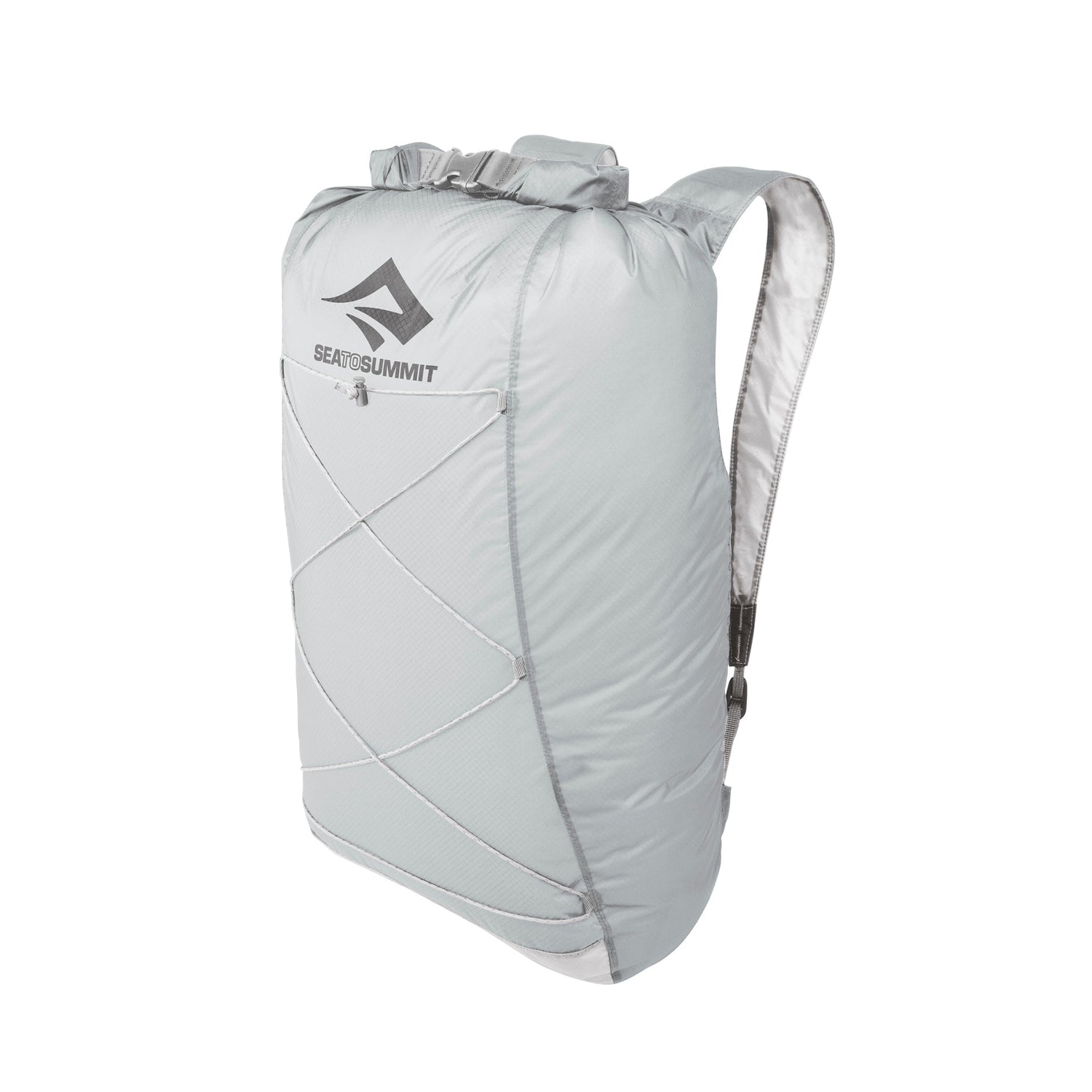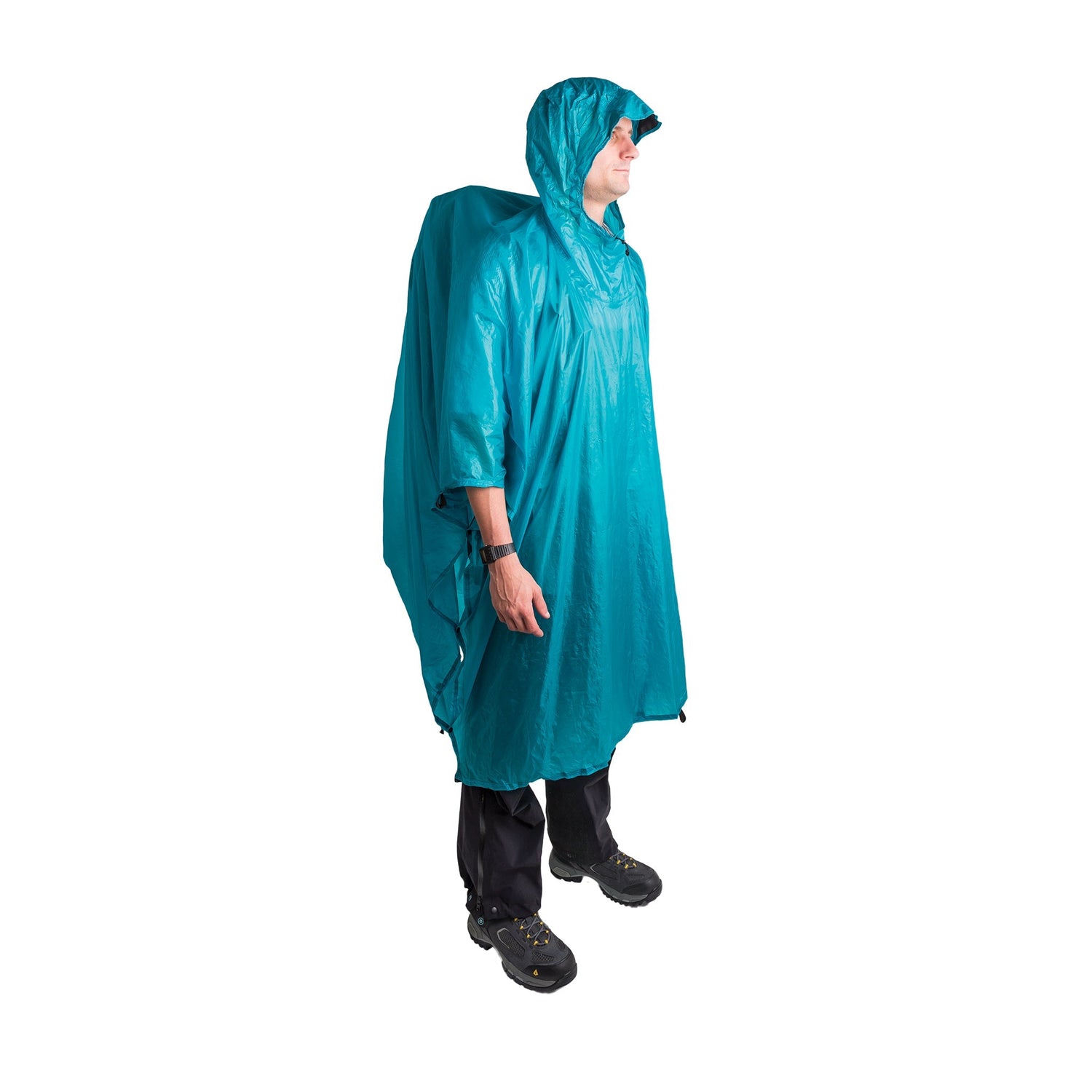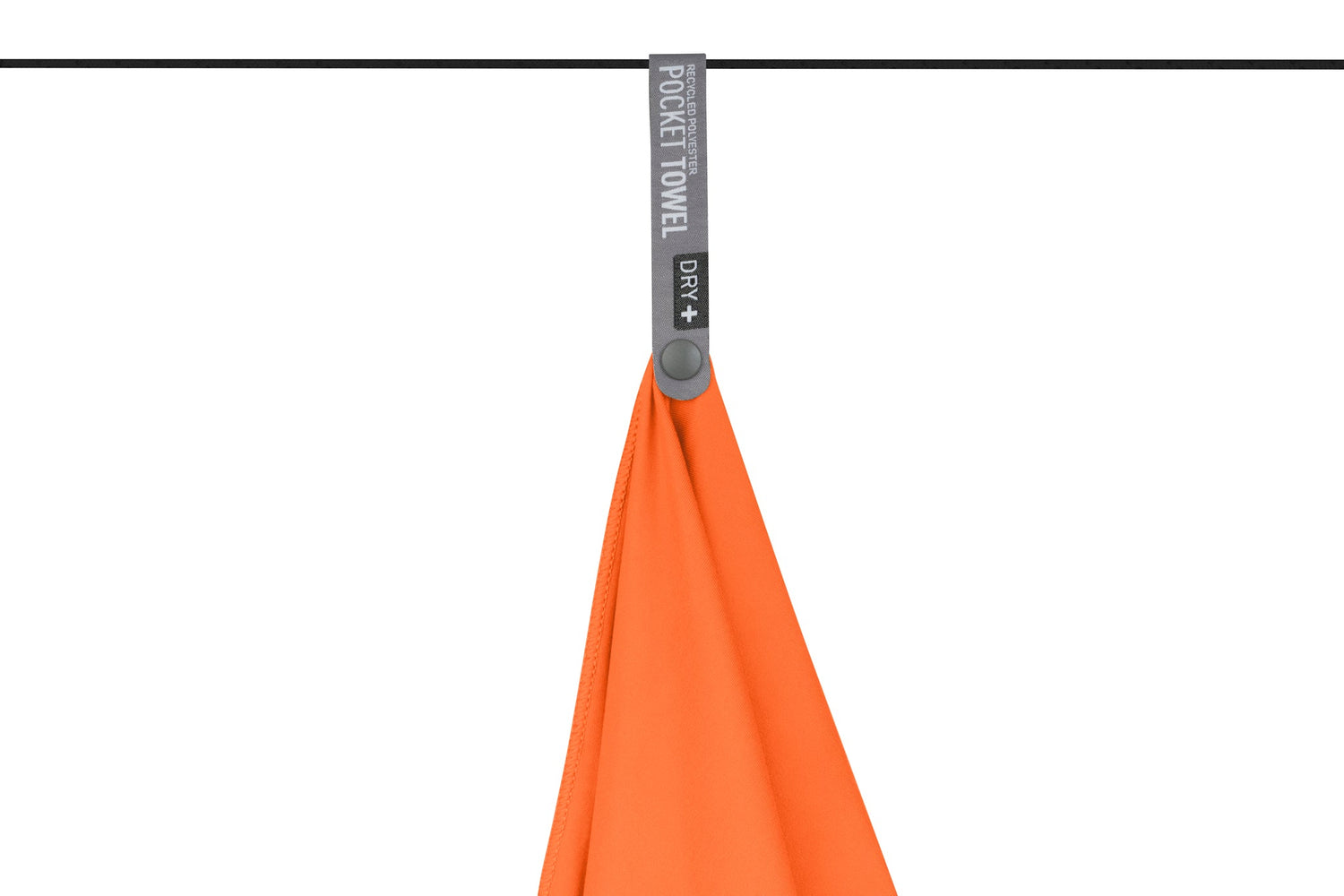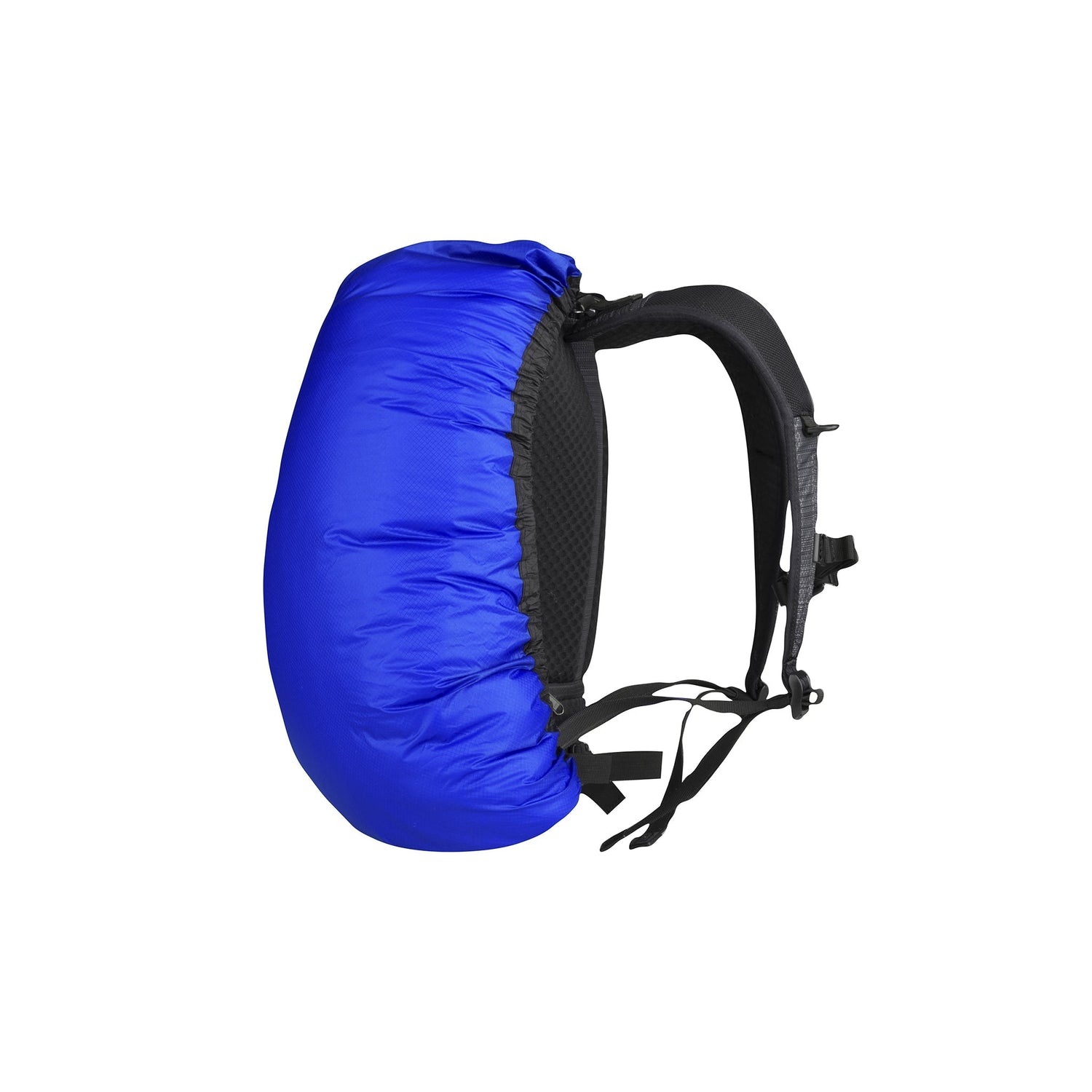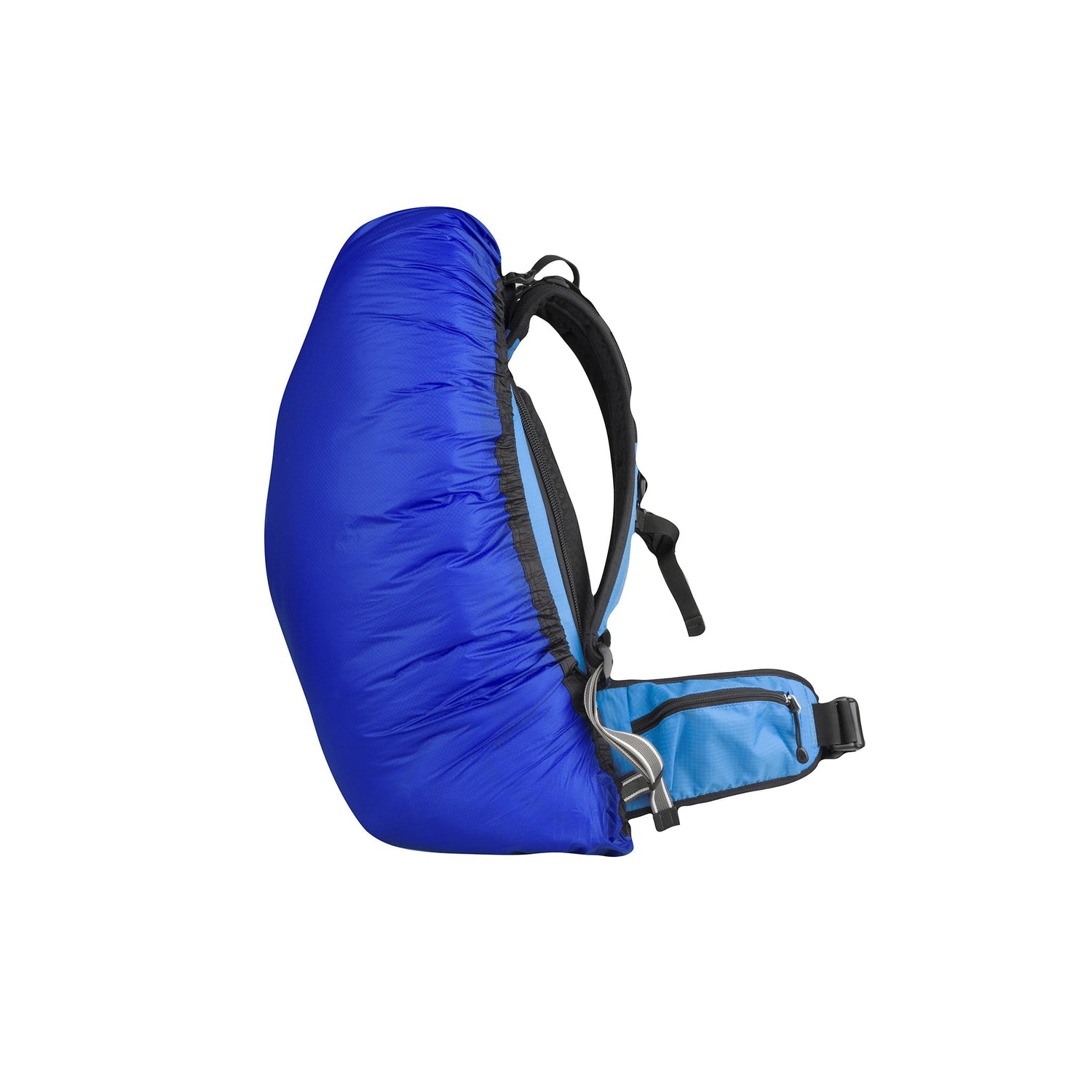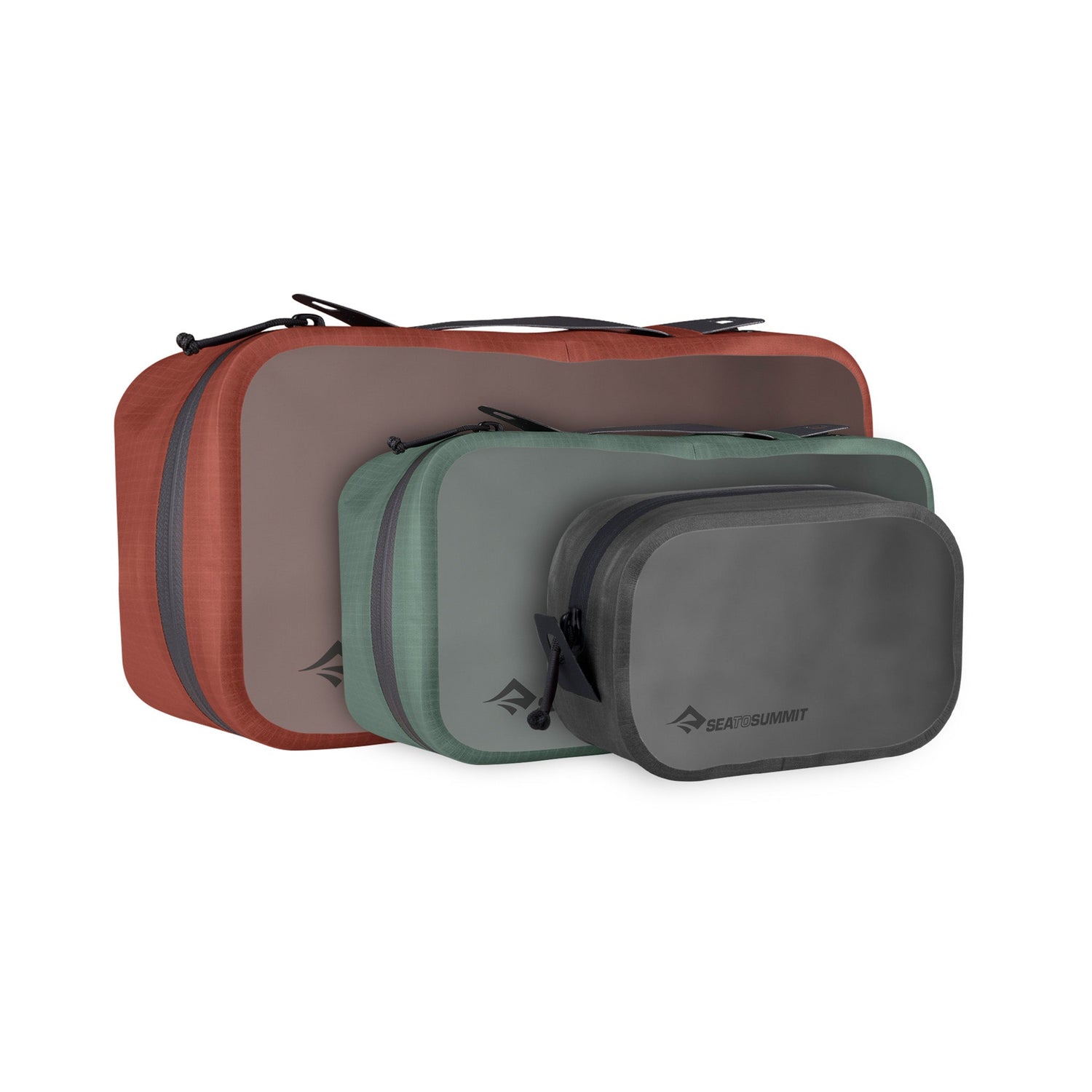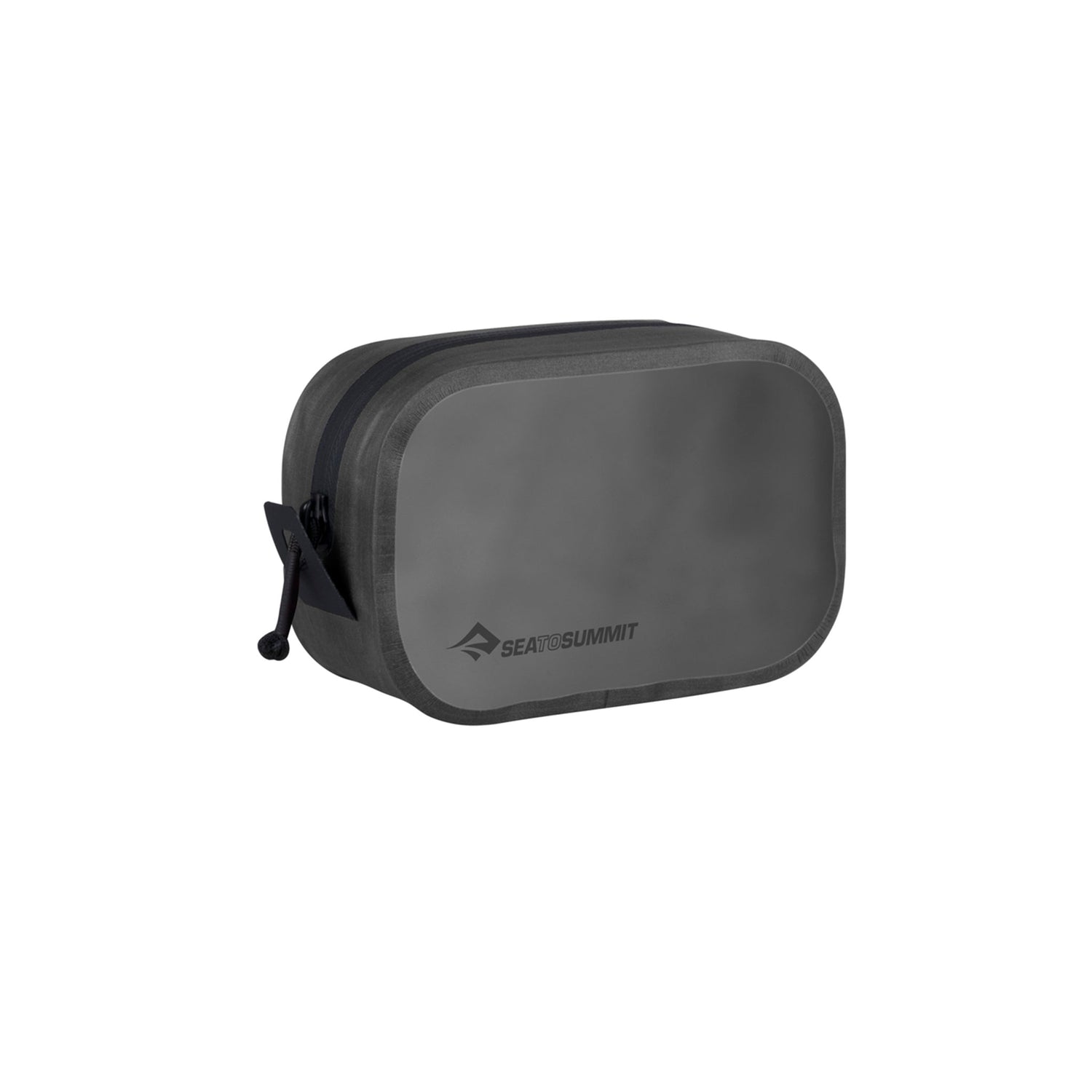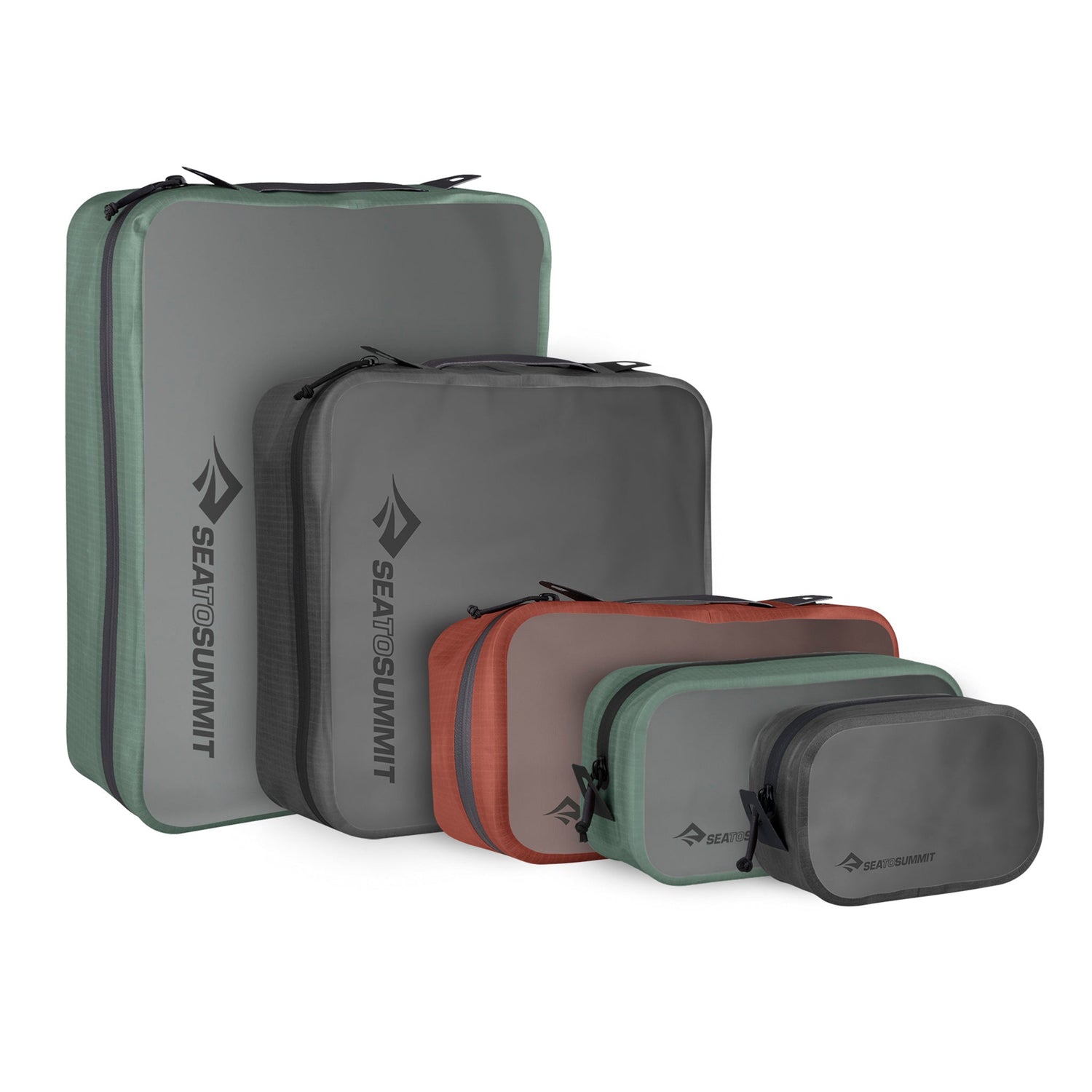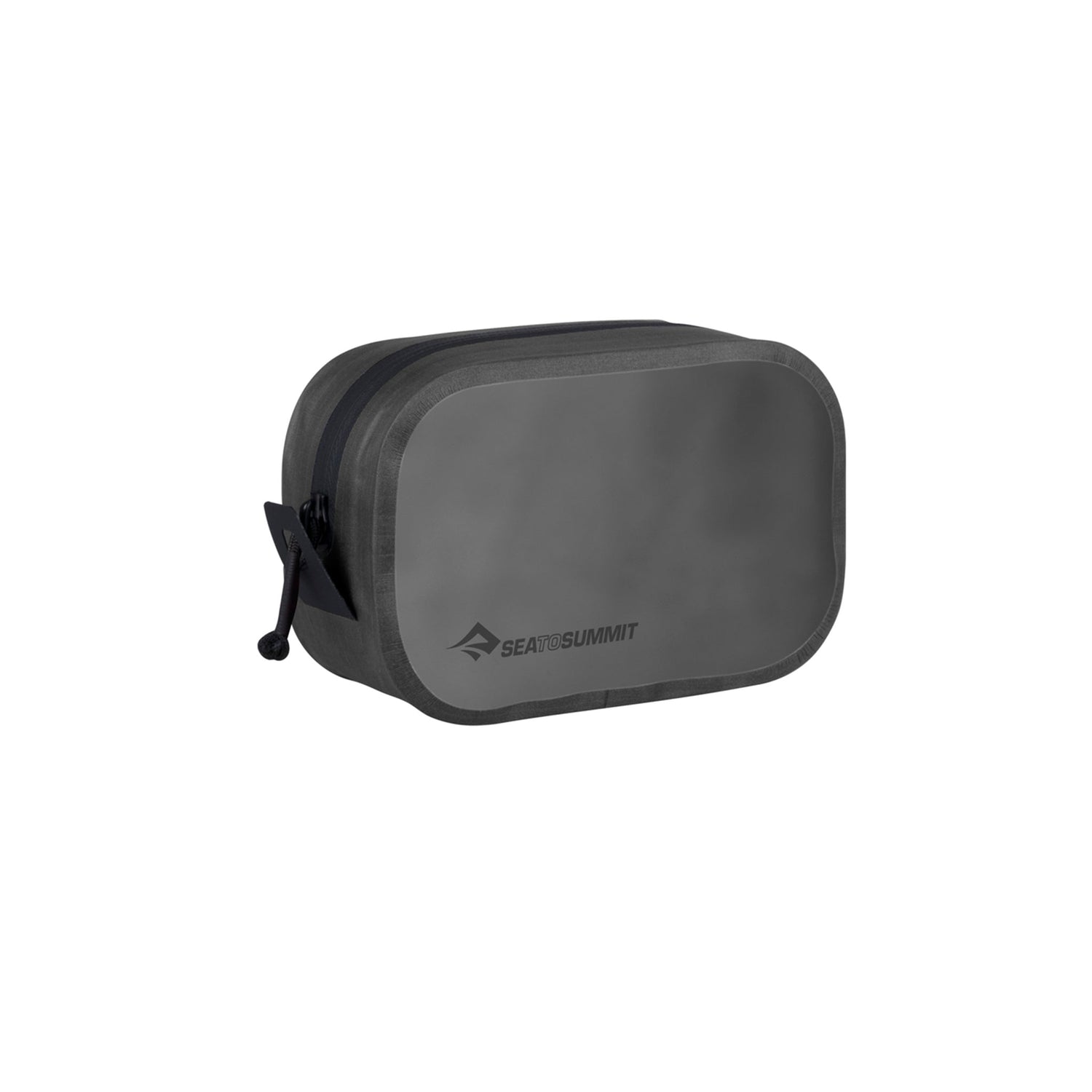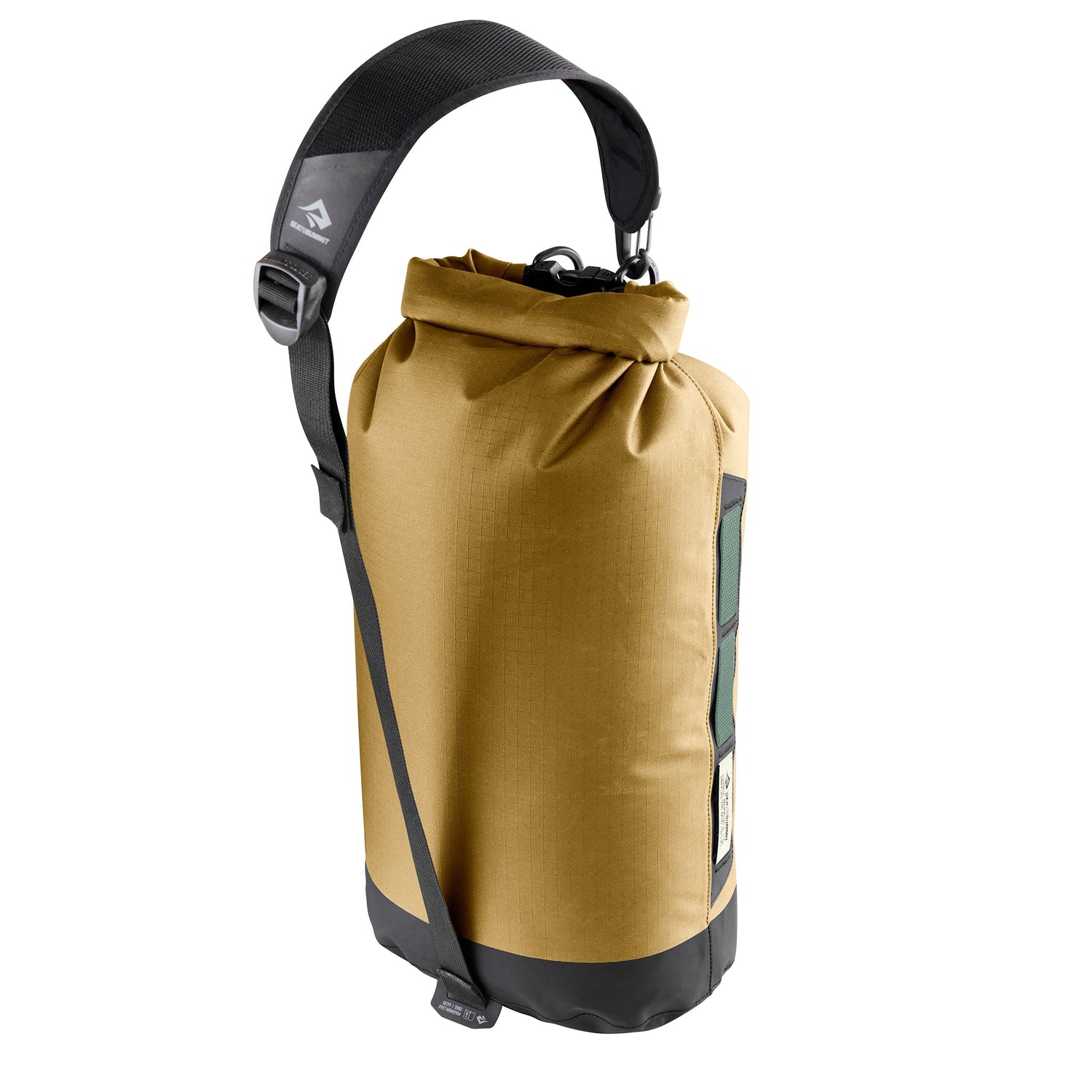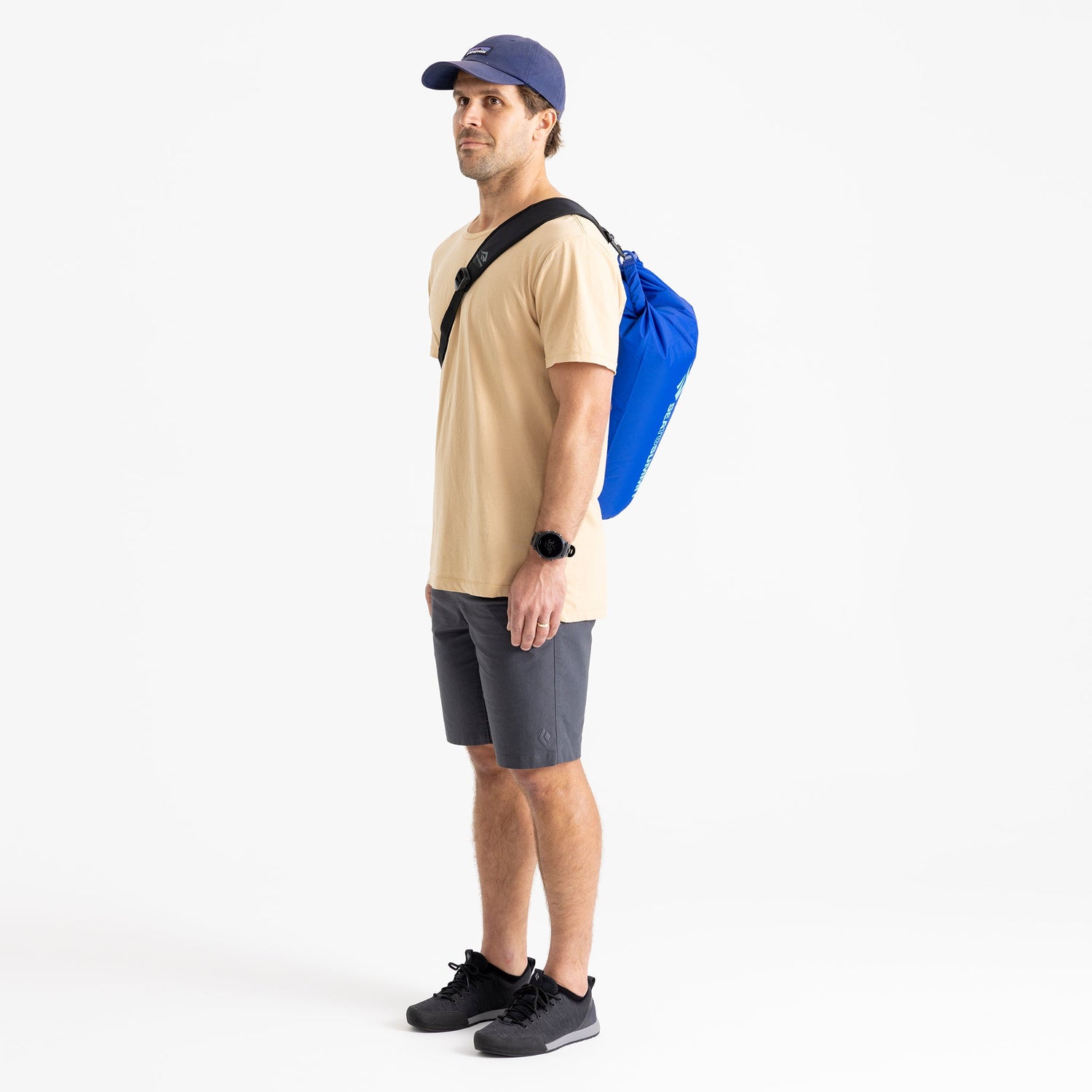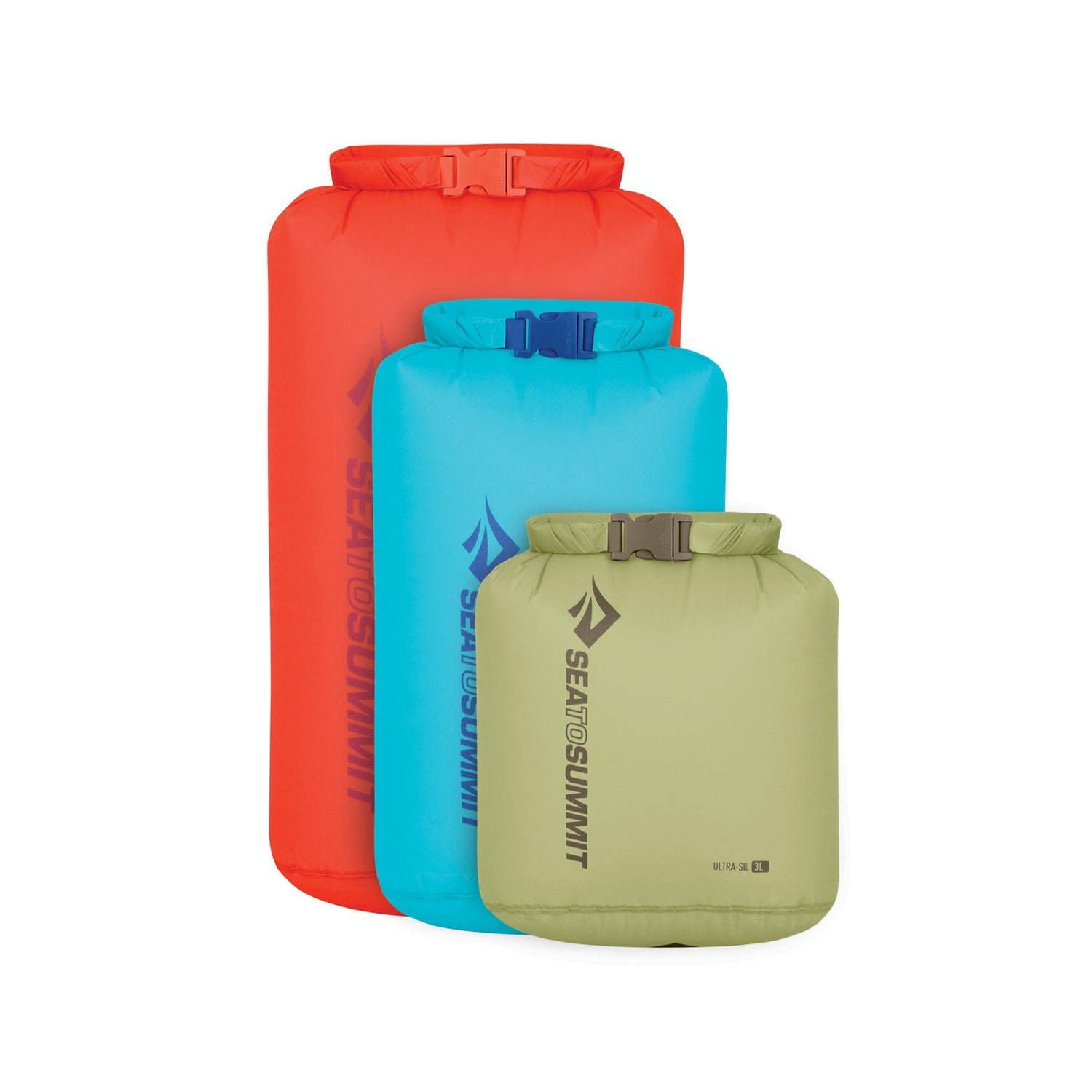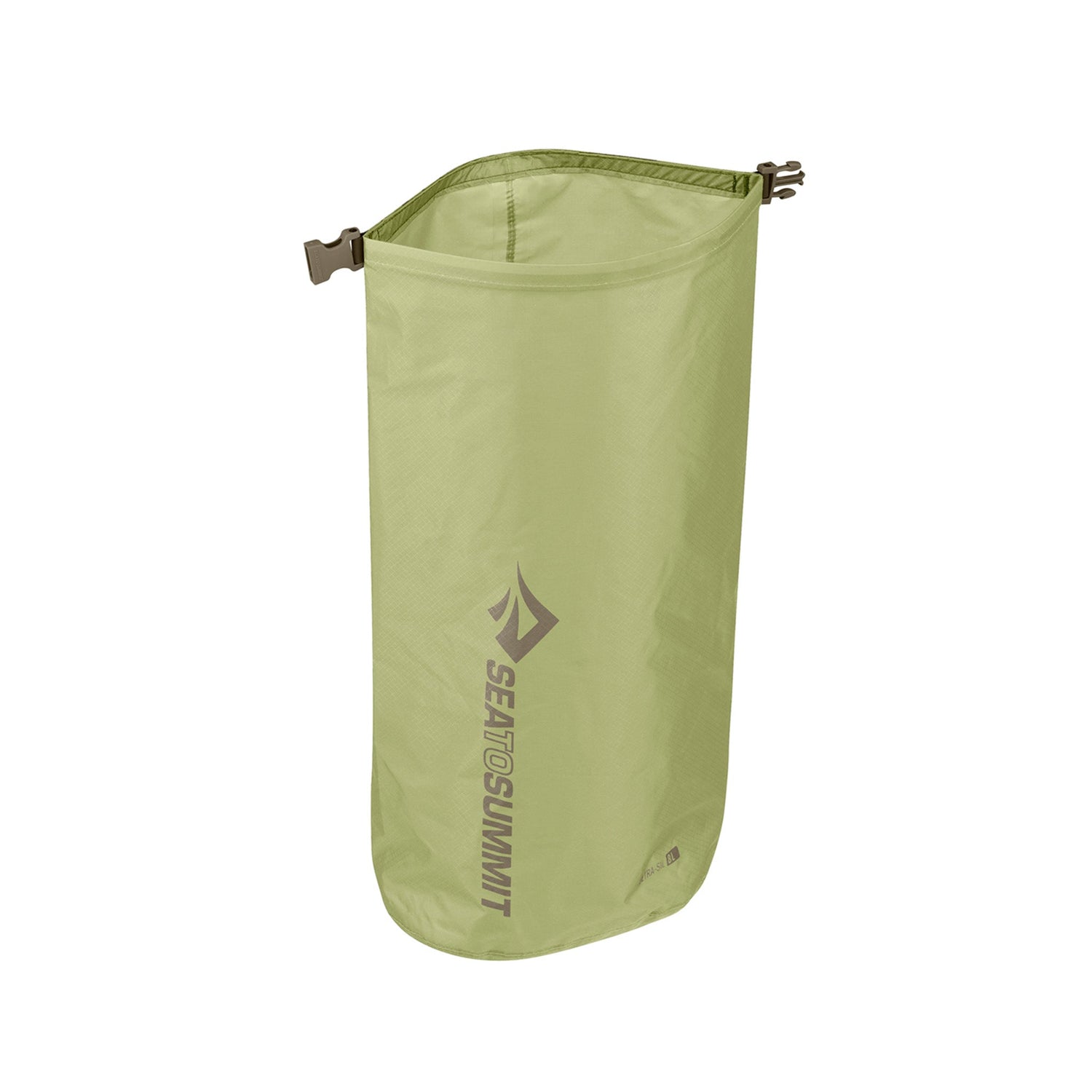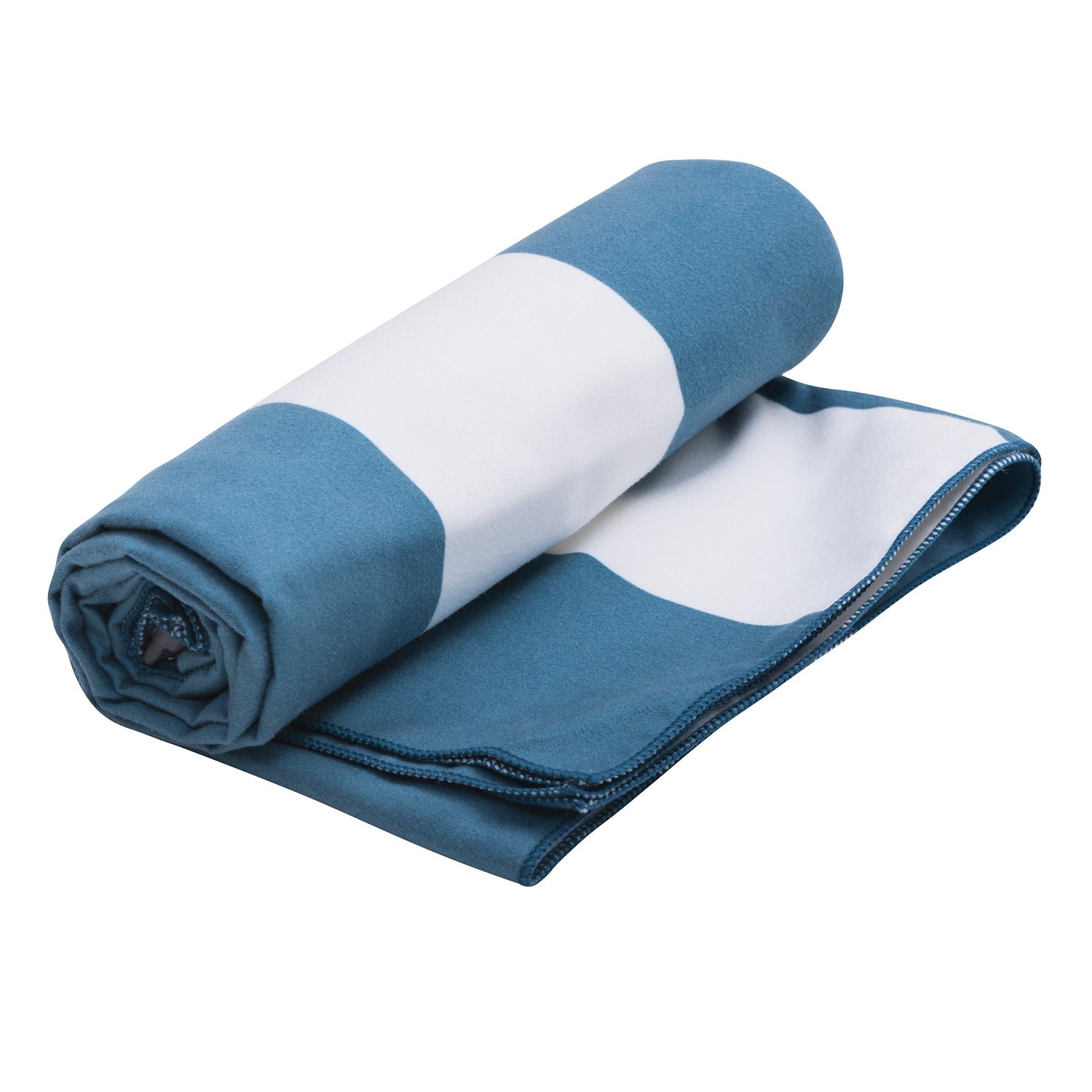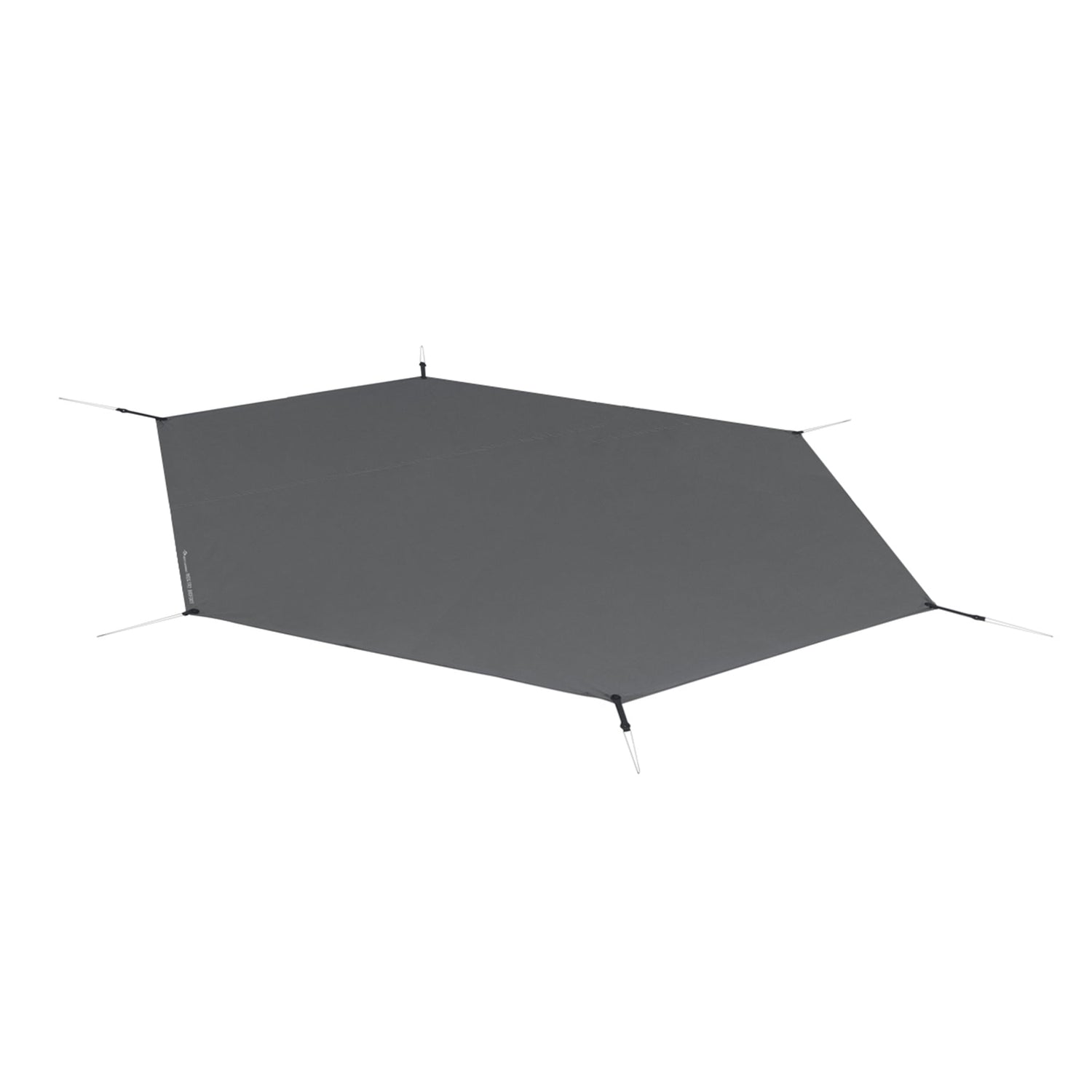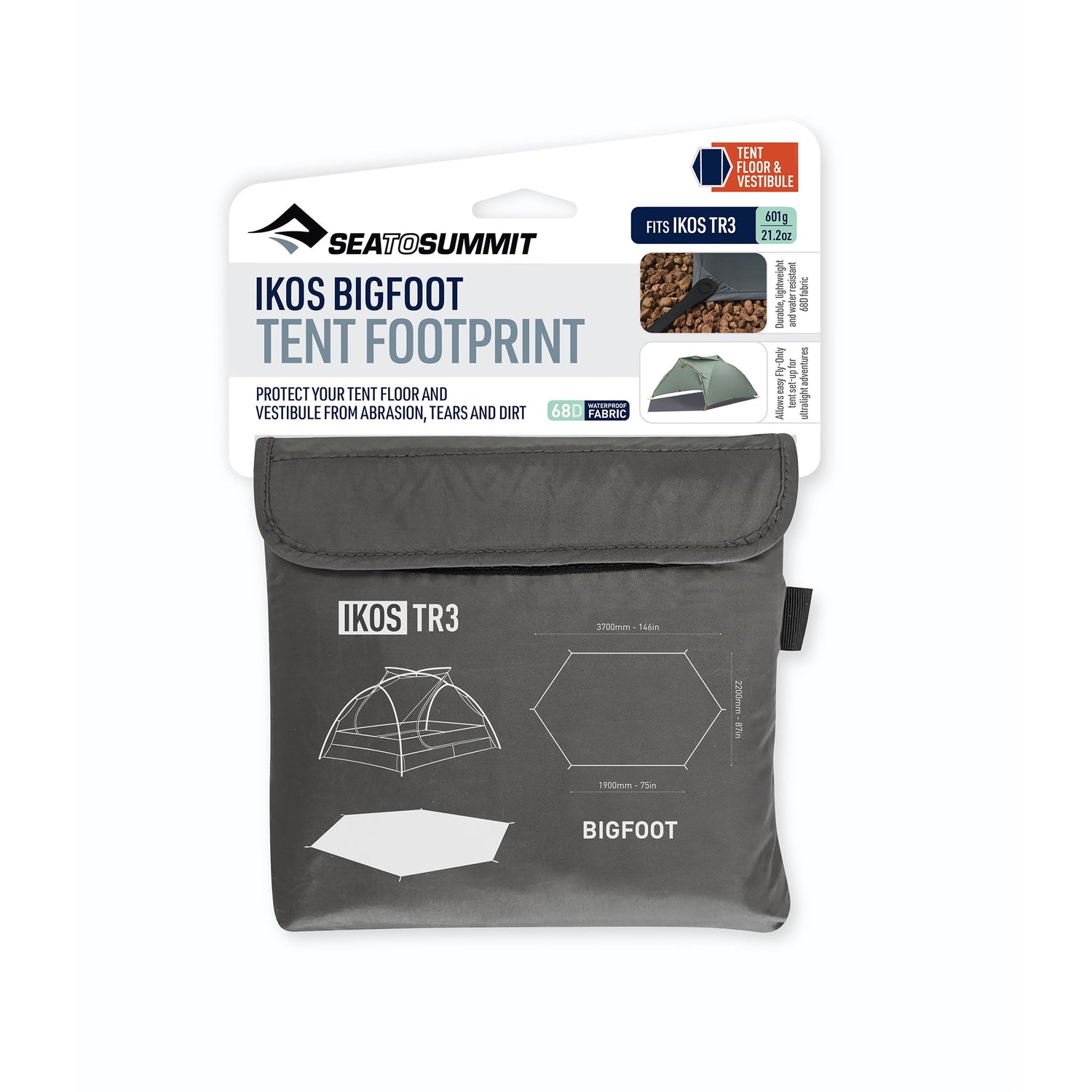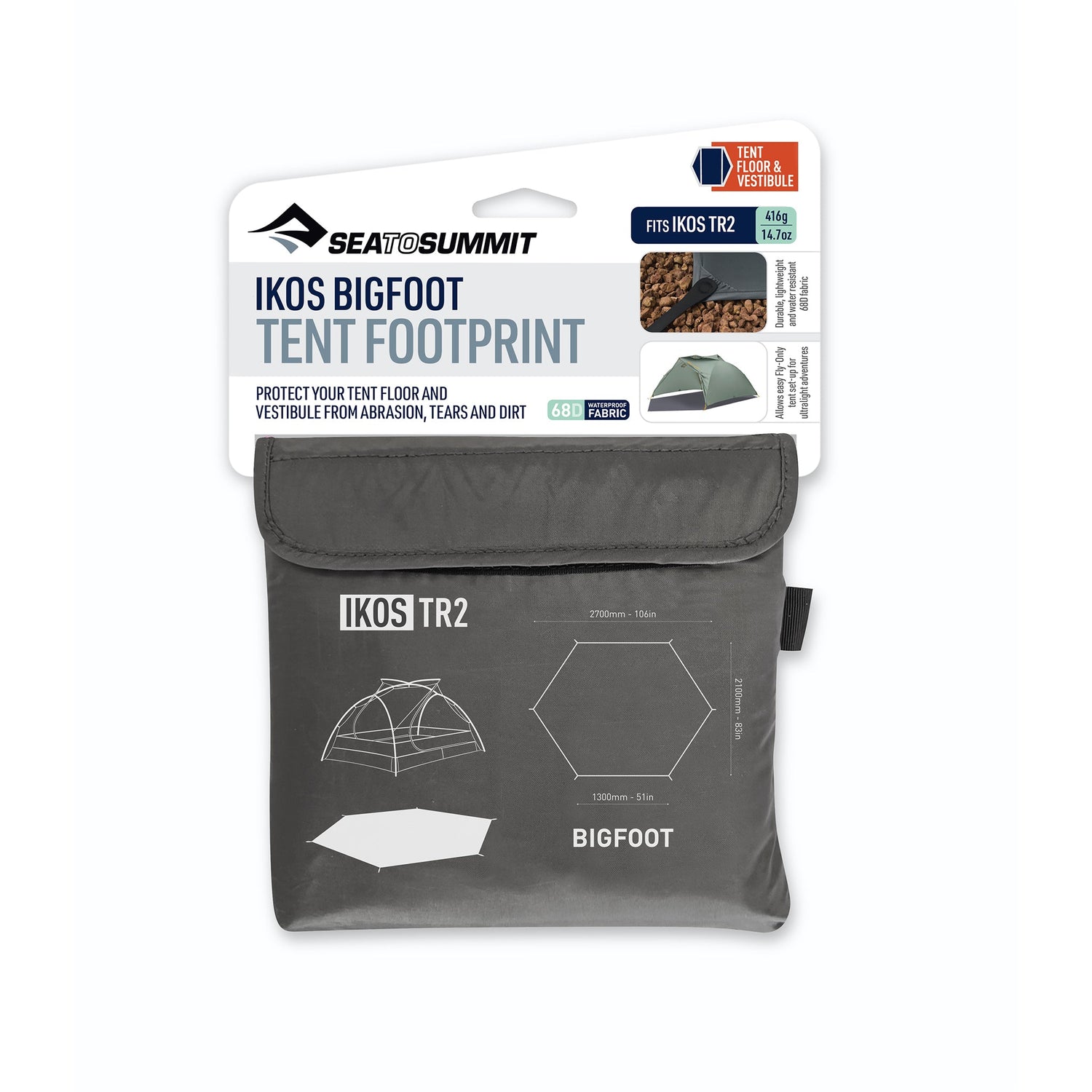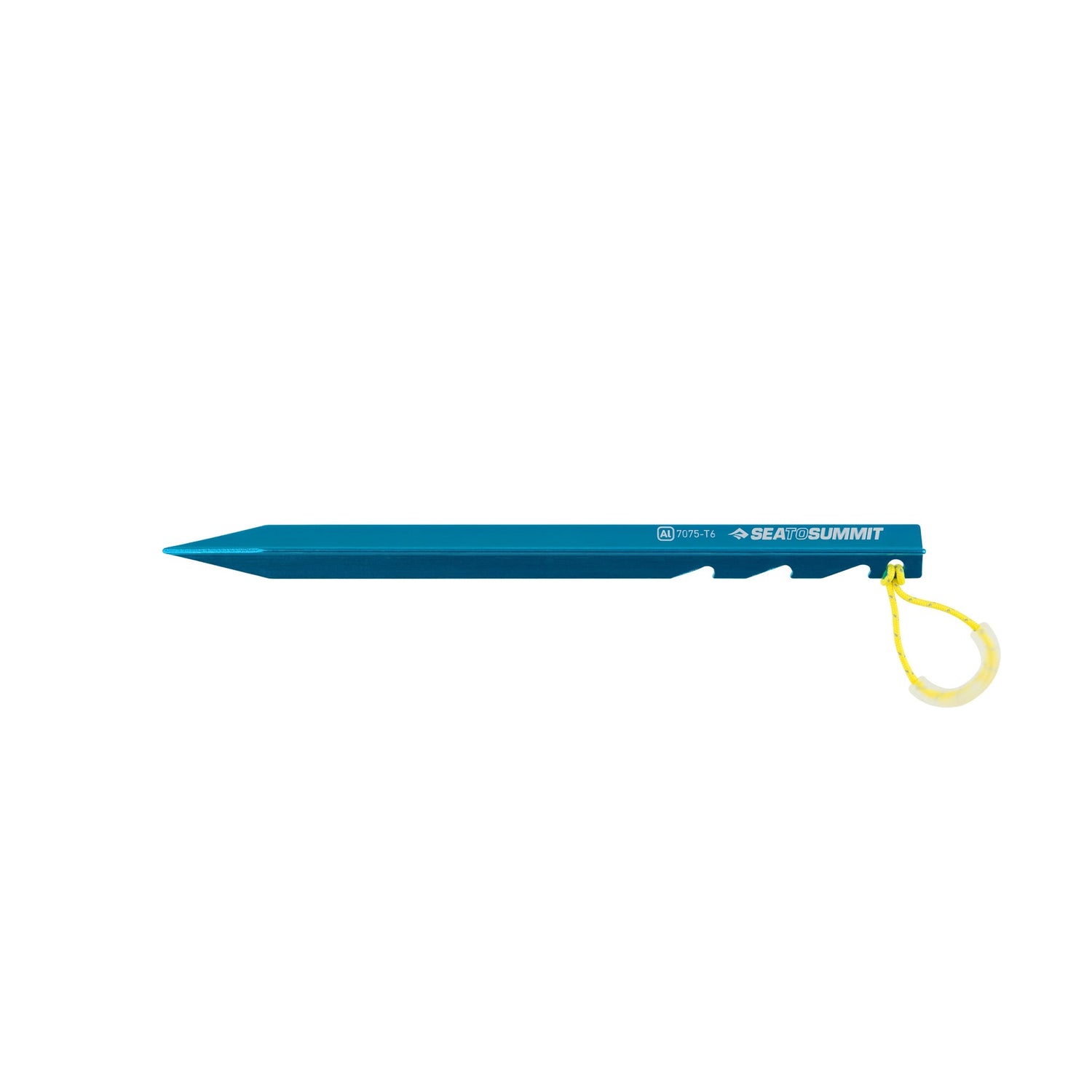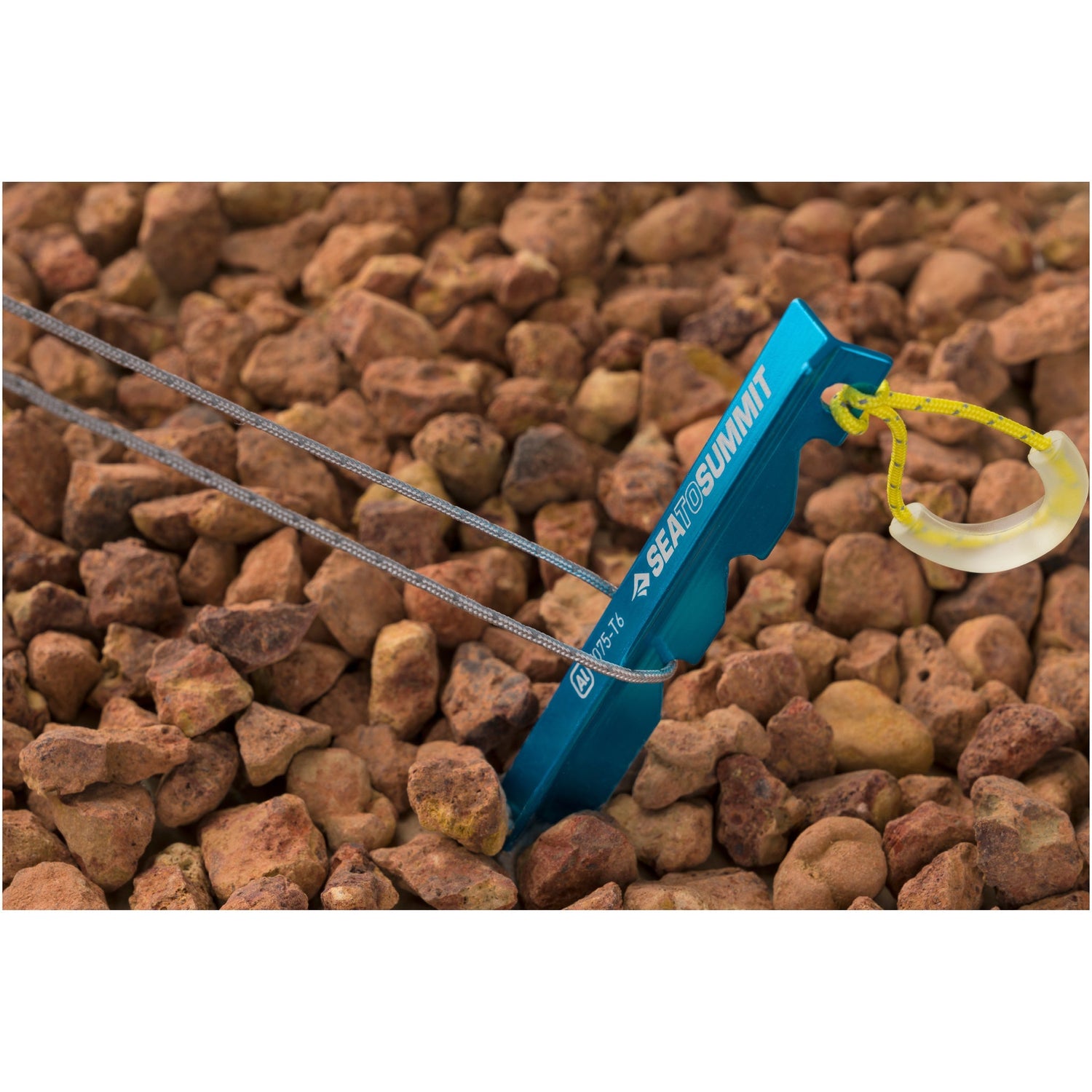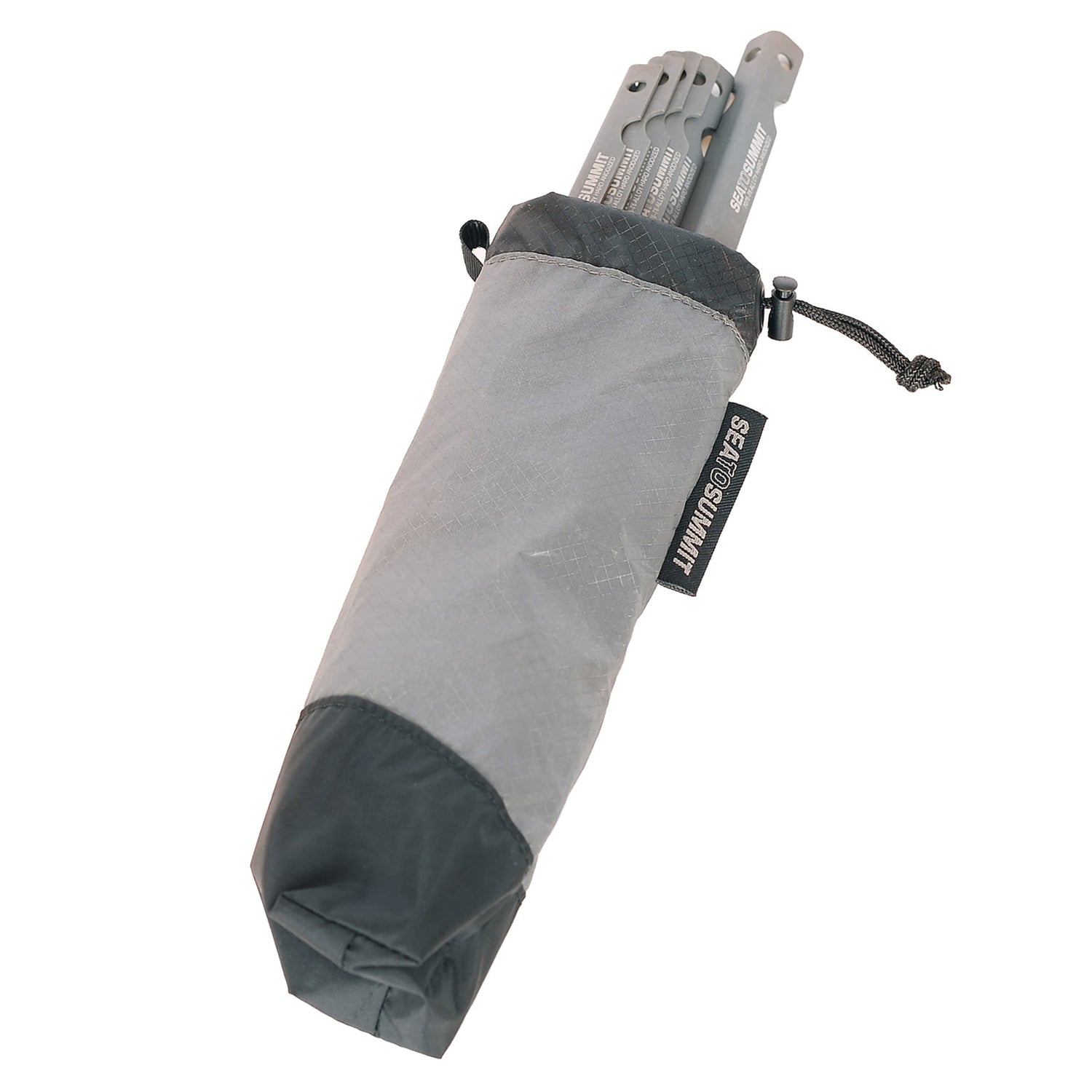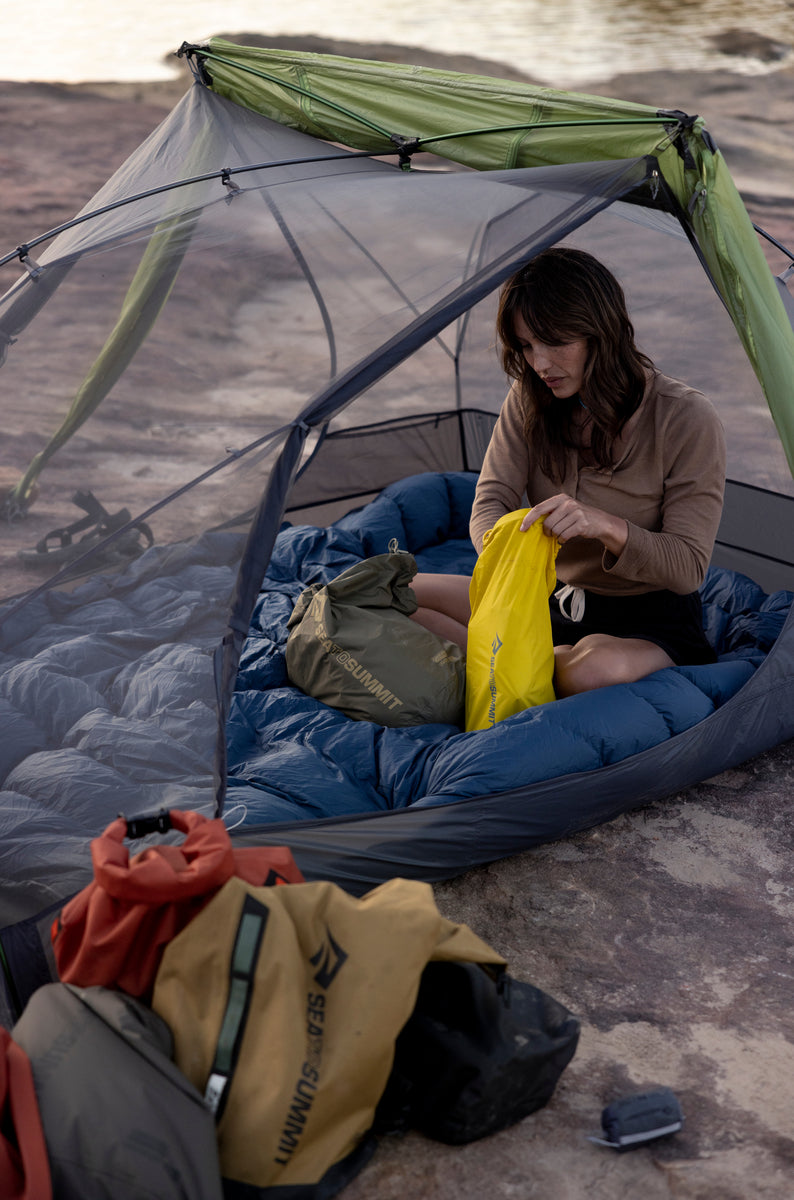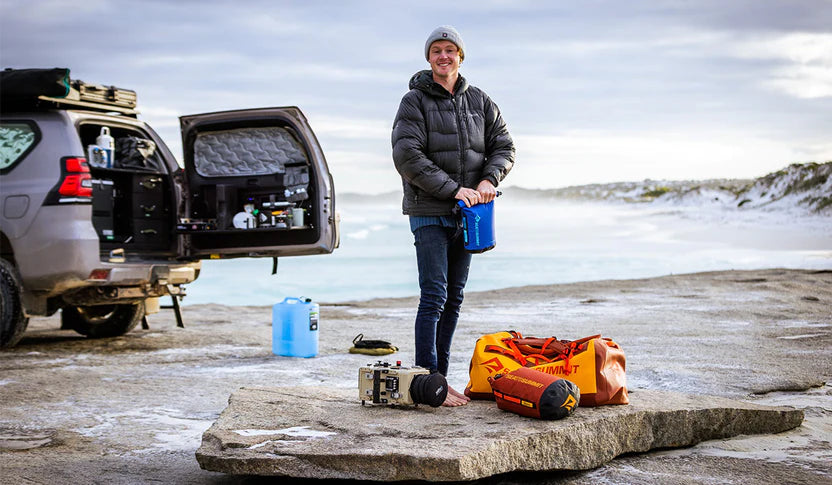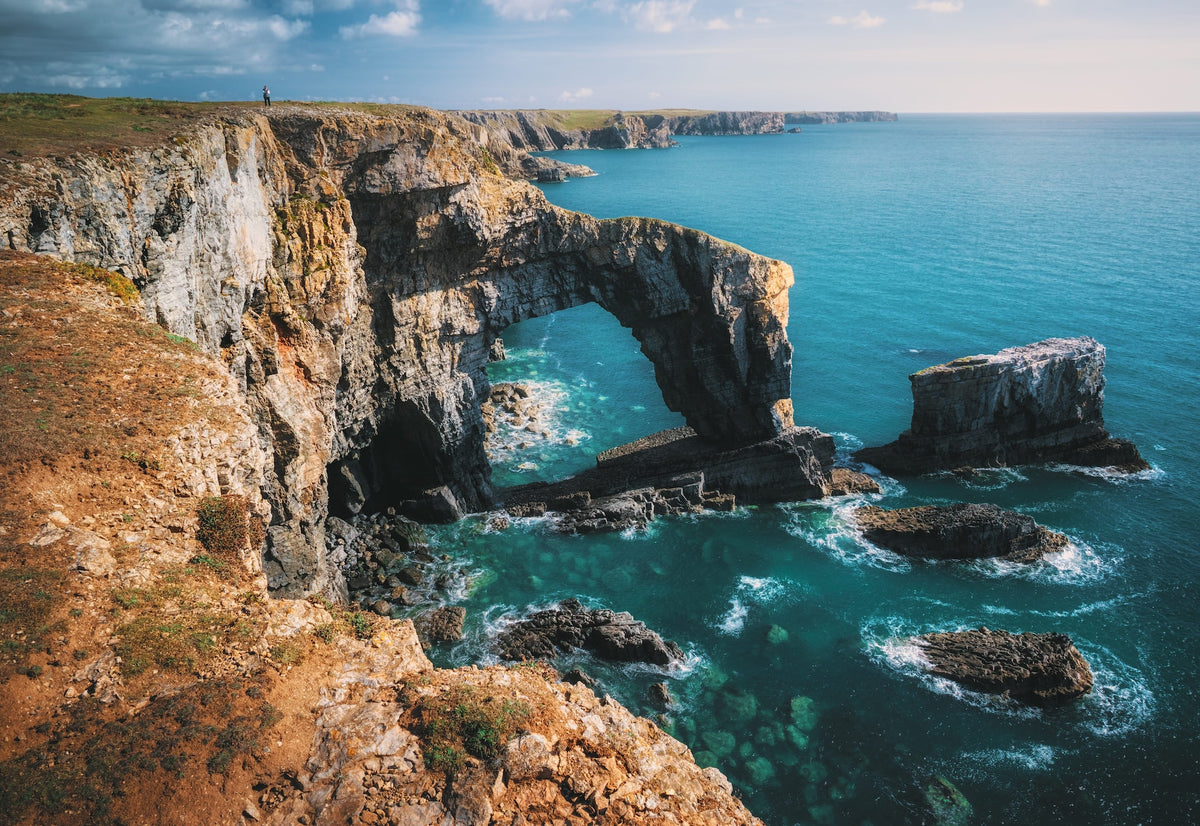Blog
Everything you Need to Know about Wild Camping in the UK
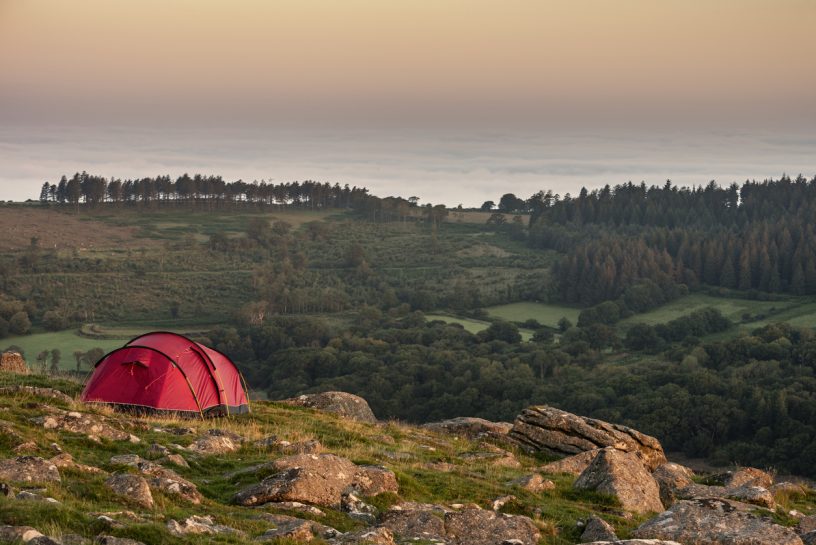
Wild camping has become increasingly popular in the UK, with more people searching for hidden spots to pitch up and observe the nation’s natural beauty.
Looking to get away from the hustle and bustle of everyday life but uncertain about the rules of wild camping? This guide outlines the laws on wild camping in the UK, the lightweight camping equipment you’ll need, where to find the best wild camping locations and the best spots to pitch your tent up.
Wild Camping Laws in the UK
There’s often a lot of confusion around wild camping laws in the UK. Unfortunately, there is no blanket law across the UK, as the rules depend on your location and differ between countries.
Wild Camping in England, Wales and Northern Ireland
In general, it is illegal to wild camp in England, Wales and Northern Ireland without the landowner’s permission. This means that if you are found to be setting up a campsite, even for one night, you will be asked to leave and you could even face legal consequences.
Fortunately, there is one place where wild camping is legal in England and you can legally camp there for free, and that's Dartmoor National Park. Here, wild camping is permitted, but only in certain areas and as long as you respect the environment you’re in. The Government’s Dartmoor FAQ reveals which area you’re officially allowed to camp in.
In Northern Ireland, there is also an exception in some Northern Ireland Forestry Service sites, but wild campers should check with the sites first.
What Happens If You Get Caught Wild Camping?
One of the worst punishments for wild camping in the UK without the landowner’s permission is that you could be charged with trespassing. In many cases, you may just be asked to move along, but you could be reported and fined if any damage has been caused to the land from littering or campfires.
Wild Camping in Scotland
The wild camping rules differ in Scotland, as you can technically set up camp anywhere. The rule goes hand-in-hand with Scotland's ‘right to roam’ laws which give people much more freedom to explore the country’s national parks and mountain ranges.
That being said, the Scottish government has laid out a set of wild camping guidelines that campers should follow to protect the local environment. The main points include:
- Taking away all your litter
- Removing all traces of your tent pitch and of any open fire
- Following a specific lighting fires guide
- Not causing any pollution
What to Bring When Wild Camping

When you’re packing a camping bag for the wild, some camping equipment takes priority over others. Every wild camping enthusiast should have an armour of essential gear - items that should never be left behind. This includes:
- Tent (footprint and pegs)
- Sleeping bag
- Sleeping mat
- Camping pillows
- First aid kit
- Lighting (torch/headlights/camp lighting)
- Weather appropriate clothing
- Pocket Trowel or disposal bags for burying/removing toilet waste
- 700g - 1kg food per person, per day
- Watercell Water Storage (each of which is filled before making the final camp for the night)
- Camping stove and fuel
For the ultimate checklist, our full wild camping equipment checklist reveals everything you might need on your trip.
What NOT to Bring When Wild Camping

The golden rule you need to follow when wild camping is to pack lightly but efficiently, you also need to be conscious of the impact your belongings could be having on the environment you’re staying in. There are some items you don’t need to pack for your adventure in nature, here are the products you should avoid adding to your backpack:
1. Perfumes and Deodorants
Everyone’s personal hygiene falls below par on a camping trip, but as long as you are staying clean there is no need to spray artificial scents while sleeping outdoors. Not only do certain perfumes, aftershaves and deodorants attract animals and insects, but they can also contaminate local water sources.
2. Excess Toiletries
Like perfumes and deodorants, lots of toiletries contain scented chemicals. Make sure you’re bringing enough camping soap or cleanser to keep you clean, but bringing an excess of soaps, creams and conditioners can contaminate the ecosystem and local water sources. Our range of camping toiletries has everything you’ll need to stay clean whilst being conscious of the environment.
Even camp-friendly products can affect an ecosystem, so make sure your soapy water is never discarded in, or within 200ft, of any natural water body. Not bringing an excess of toiletries will also make your bag lighter and more manageable to carry.
3. Glass
Camp-friendly products are a must when camping in the wilderness. Never bring glass or ceramic items with you - if they smash in the wild it can cut through camping materials, injure future campers, or worse, a wild animal that doesn’t have the means to cover its wounds.
How to Find Wild Camping Locations
With so many beautiful locations to choose from in the UK, finding a spot to pitch up should be a doddle, right? Well, not necessarily, not only do you need to think about where you can camp legally, but you also need to pitch up in a location that’s ideal for camping in. Especially when wild camping, choosing the right location can easily make or break your trip.
As aforementioned, laws can change throughout the UK, so it’s best to wild camp in a spot where you have permission to stay. Unfortunately, you can’t pitch your tent up anywhere, so when looking at where you can camp in the UK, you should also make sure you adhere to the rules for the location/country you are camping in.
In general, it’s best to camp in national parks and public woodland areas, nature reserves over areas that are privately owned or in farmers’ fields. Getting permission is crucial.
Finding The Best Spot to Pitch Your Tent
Prior to pitching up, you need to thoroughly plan where you will be pitching your tent in the wilderness. It’s important to check the weather forecast beforehand, as certain nature hotspots will become flooded after heavy rainfall. It’s also beneficial to pitch up when it’s still light out and in a location where you know the local area. You’ll also want to be mindful of the terrain, as different environments may require different equipment and techniques when pitching up.
If you want to try somewhere new, you can find popular wild camping spots by doing your research beforehand. Use GPS tools like Google Maps or apps like iOverlander and WikiCamps to get all the information you need on campgrounds and where the best places to pitch up are. On some apps, you can also find reviews and discoveries from recent campers.
If you’re looking for something a bit more traditional, you can often find Facebook groups and forums for popular wild camping spots. In these groups, you can see previous tips and advice for certain locations.
Preparing For Your Wild Camping Experience
Whether you’re exploring the peaks of Snowdonia or searching for local wildlife in the New Forest, it’s important to have the right gear for your wild camping adventure. If you’re planning a trip, read our wild camping essentials checklist to make sure you have everything you’ll need.
If you’re missing anything from the checklist, you can also browse our full range of camping equipment, where you’ll find premium camping gear including lightweight tents, sleeping bags and a wide range of camp kitchen essentials.
Don’t forget to tag #seatosummituk in your social media posts when you’re out exploring so we can share your experience and see how your camping trip went.

